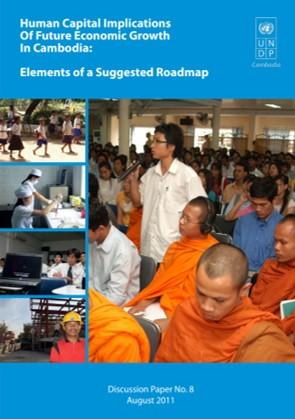Human Capital Implications Of Future Economic Growth In Cambodia
Human Capital Implications Of Future Economic Growth In Cambodia
August 31, 2011
The global economic downturn gave everyone pause for thought, not least those countries with economies that relied largely on European and American markets for their exports. The resulting calls for economic diversification have provided an opportunity for countries to reconsider their industrialisation policies and to look at longer term means of sustaining their economic growth. Successful diversification requires commitment and investments in both human capital and infrastructure.
Cambodia’s economy grew at an astounding pace through the 1990s. Narrowly concentrated on exports, however, the country was left vulnerable to external shocks. As a result, it became very clear that in the future, resilient growth would be more important than rapid growth.
The Royal Government of Cambodia (RGC) has taken advantage of this opportunity to look more closely at the country’s economy and its vulnerabilities, and to plan for a revived, more diverse, and more resilient economic future.
At the Fourth Cambodia Economic Forum in February 2011, H.E. Prime Minister Hun Sen highlighted the need for Cambodia to modernise its economy by promoting industrial development to achieve sustainable growth and take it to a higher stage of development. The industrial development policy presented at the Forum is designed to capture more valued added in the existing core sectors (agriculture, garments and tourism); upgrade emerging industries with growth potential (furniture and handicrafts, construction materials, household appliances, extractive industries); and to identify areas of latent comparative advantage in software development, chemical industry, renewable energy, and creative industries.

 Locations
Locations